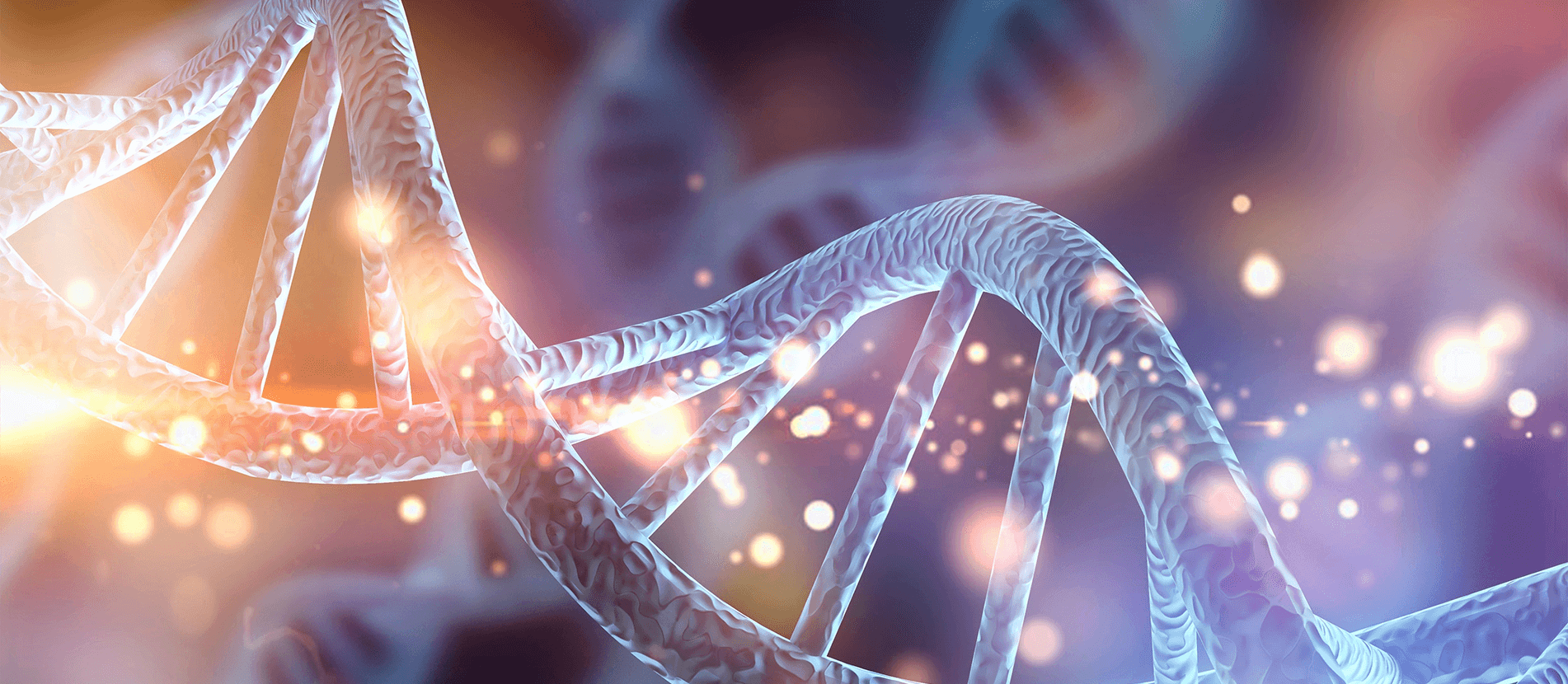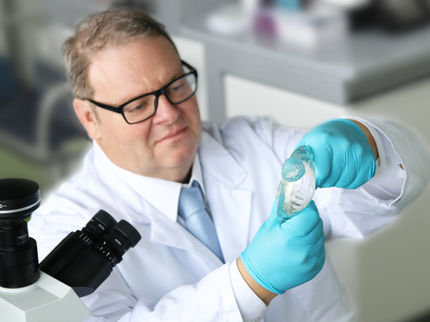Faecal Pollution: DNA Uncovers Culprit
CSI and forensics can be used to uncover not only serial killers but also the cause of water pollution
Advertisement
Despite wastewater management and treatment plants, human waste remains the main source of microbial faecal pollution in the river Danube. This is the most notable finding of a comprehensive analysis of faecal pollution in the Danube. The study used a new molecular genetics method that enables the clear differentiation of human microbial faecal pollution from that of animal origin. The currently published study was carried out with the major participation of the Karl Landsteiner University of Health Sciences under the auspices of the Interuniversity Cooperation Centre for Water & Health in Austria.

PTNorbert, pixabay.com, CC0
CSI and forensics can be used to uncover not only serial killers but also the cause of water pollution – when it comes to faecal contamination at least. A research team led by Professor Andreas Farnleitner from the Karl Landsteiner University of Health Sciences (KL) and the Technische Universität Wien (TU Wien) has succeeded in demonstrating this for the river Danube. A refined molecular genetics method, which enables the differentiation of human and animal faecal matter based on bacterial DNA and was developed jointly by Professor Farnleiter and his colleagues from the Interuniversity Cooperation Centre for Water & Health (ICC Water & Health), played a crucial role in the study. This would not have been possible using the standard methods available up to now and is a particularly important factor when it comes to identifying the source of acute water pollution.
Human or Animal Origin
“Rivers are often used for drinking-water extraction,” explains Professor Farnleitner, who is head of the Water Quality and Health Division at KL. “So faecal contamination poses a potential health risk. The standard detection methods are based on the cultivation of faecal indicator bacteria and do not provide any information about whether the faecal matter is human or animal in origin. As opposed to this, the genetic method we used in the Danube study provides information on this very point.”
The method is based on the genetic markers of specific bacterial species (Bacteriodetes) found in human and animal excreta. Based on their typical DNA sequences, these markers enable conclusions to be drawn about whether faecal contamination originates from humans, ruminants or pigs, for example. The concentration of host-associated Bacteriodetes genetic faecal markers in the Danube is low, thus Professor Farnleiter’s team amplified it using the polymerase chain reaction (PCR) method so that they could then identify the source and categorise it as originating from humans, ruminants or pigs.
“The result was unequivocal: the microbial faecal pollution found along a 2,580-kilometre stretch of the river Danube was predominantly human in origin. The contribution of grazing livestock and intensive pig farming along the river to the pollution was comparatively marginal in all locations,” explains Professor Alexander Kirschner from the Institute for Hygiene and Applied Immunology at the Medical University of Vienna, who coordinated the study jointly with Professor Farnleitner. “This is significant because contamination from human sources is potentially more dangerous than that originating from animals. In general, the species of pathogens contained in human excreta pose a higher risk of infection to humans than those found in animal waste. However – and it is important to stress this – thanks to the numerous water protection measures carried out in the Danube, it is extremely clean for a river of its size.”
International Study
The research team succeeded in demonstrating the practical application of the new method to a major international river and catchment area. The study, which began in 2013, was mainly carried out by scientists from the Danube region in the context of the Joint Danube Survey 2013 and coordinated by the International Commission for the Protection of the Danube River (ICPDR). In addition to the aforementioned ICC Water & Health, experts from the Medical University of Vienna and the TU Wien were involved on behalf of Austria from the outset. Samples were taken at over 70 locations on the Danube – from both the central reaches of the river and close to the banks. The microbiological water quality was also monitored for a period of one year at three selected extraction points. All samples were analysed using both the standard methods based on indicator bacteria and molecular biology methods for the detection of genetic markers. The further analysis of the 4,000-plus samples was carried out with the team from KL, which also made a major contribution to the evaluation and interpretation of the data in the context of the ICC Water & Health.
Thanks to the large volumes of data recorded on the spatial and temporal distribution of microbial faecal pollution in the Danube and the identification of their sources, the studies carried out as part of the JDS 2013 project are the most extensive of their kind.
Original publication
Kirschner AKT, Reischer GH, Jakwerth S, Savio D, Ixenmaier S, Toth E, Sommer R, Mach RL, Linke R, Eiler A, Kolarevic S, Farnleitner AH; "Multiparametric monitoring of microbial faecal pollution reveals the dominance of human contamination along the whole Danube River"; Water Research; 2017; 124 543 – 555
Other news from the department science
Most read news
More news from our other portals
See the theme worlds for related content
Topic World PCR
This groundbreaking and highly versatile molecular technique of PCR allows us to amplify tiny amounts of genetic material on a large scale and analyze them in detail. Whether in medical diagnostics, forensic DNA analysis or research into genetic diseases - PCR is an indispensable tool that gives us deep insights into the world of DNA. Immerse yourself in the fascinating world of the polymerase chain reaction (PCR)!

Topic World PCR
This groundbreaking and highly versatile molecular technique of PCR allows us to amplify tiny amounts of genetic material on a large scale and analyze them in detail. Whether in medical diagnostics, forensic DNA analysis or research into genetic diseases - PCR is an indispensable tool that gives us deep insights into the world of DNA. Immerse yourself in the fascinating world of the polymerase chain reaction (PCR)!
















































